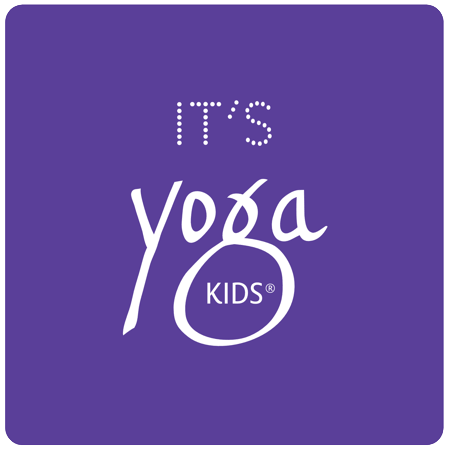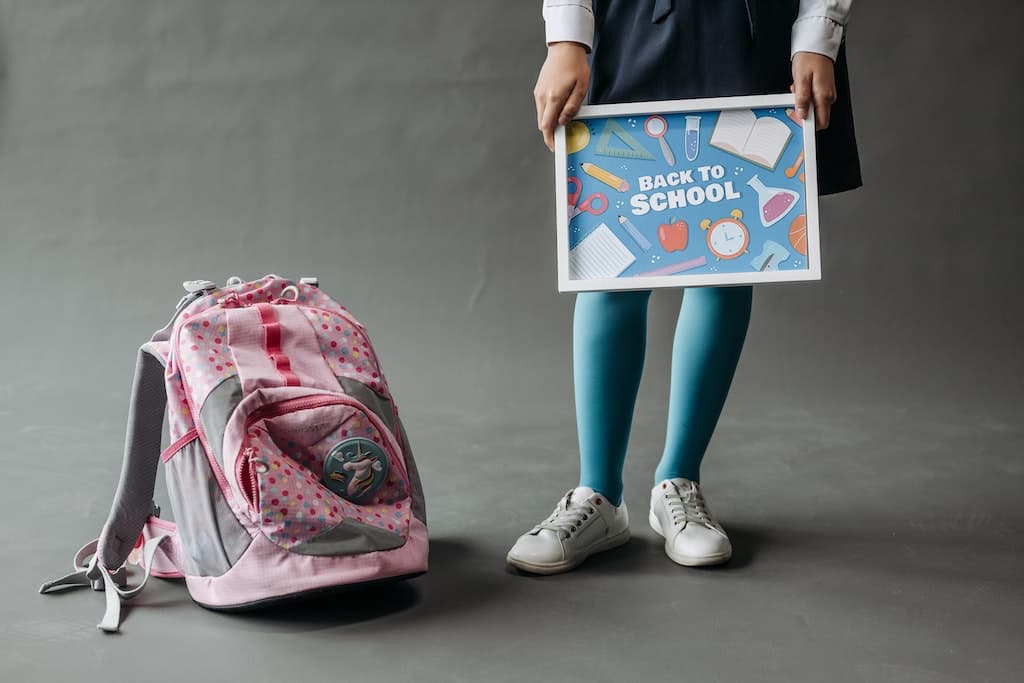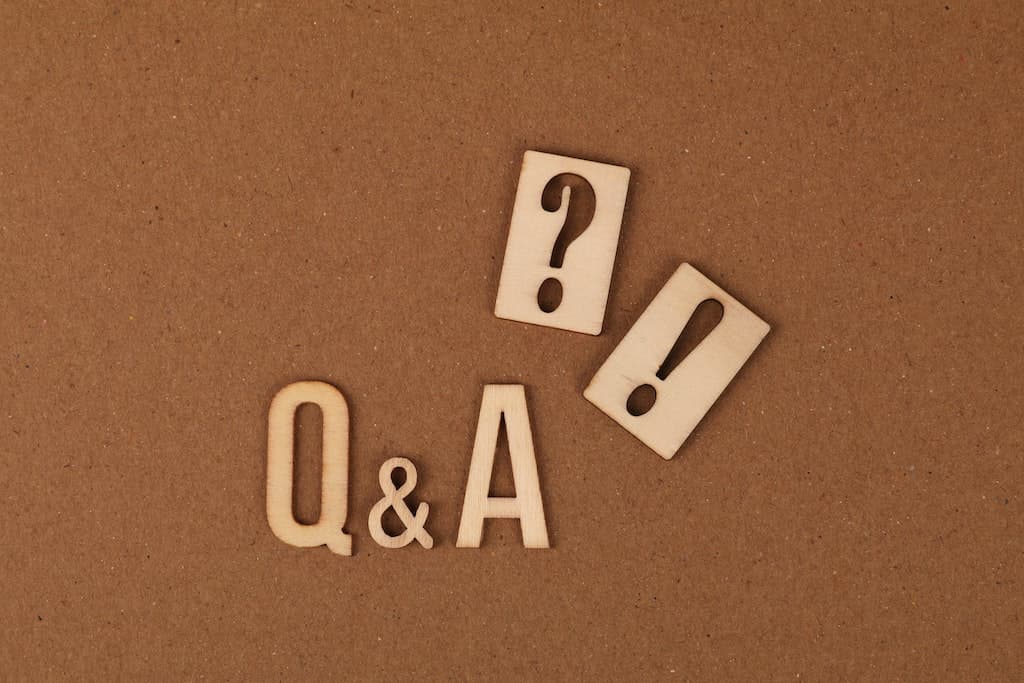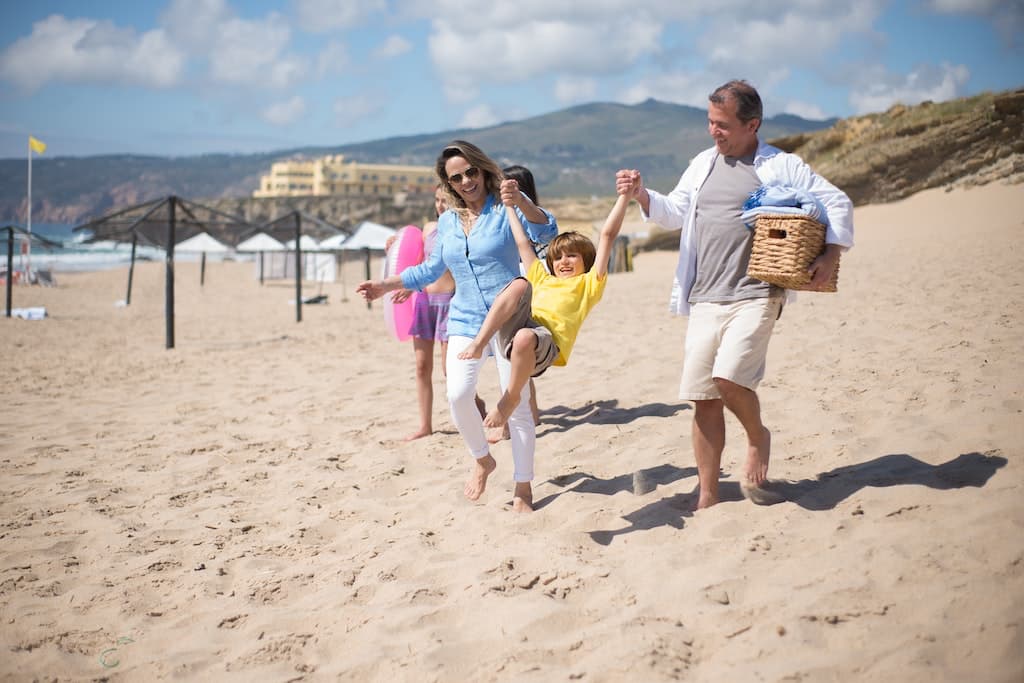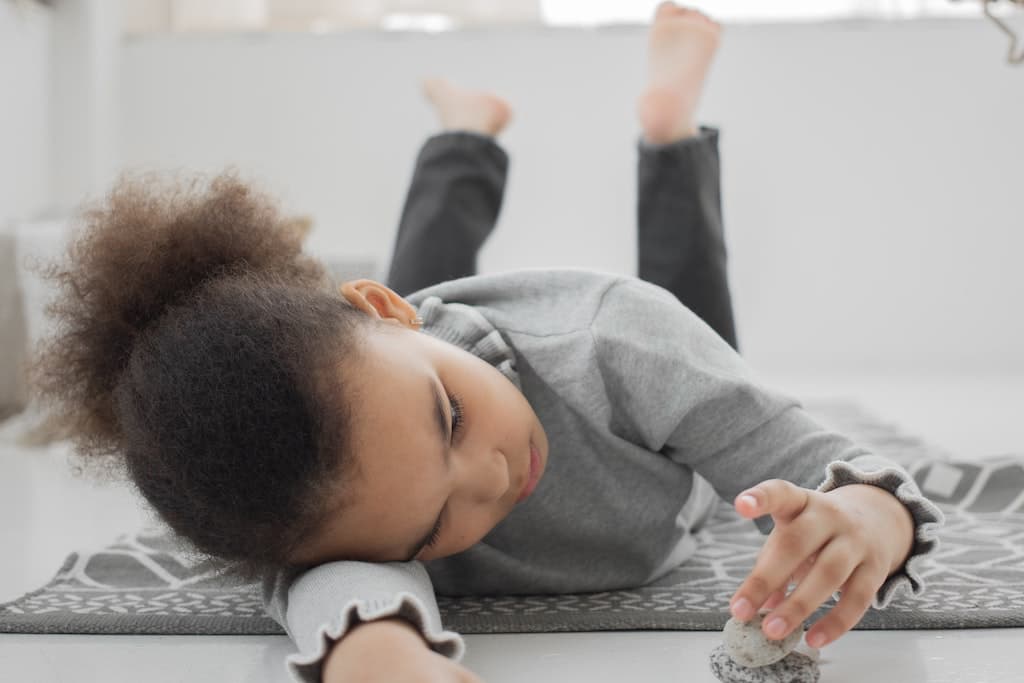Press PLAY to listen to this post.
We’re wired to worry about the well-being of our kids, but is it helpful? Not really. Kids learn anxiety from those in their environment so managing your own stress is the best way to keep your child from picking up on your anxiety. And from creating their own.
Here are some ways to do that:
1. Name it to tame it. Notice discomfort and where you feel it in your body. Physiological signs include heart beating faster, a stomach ache and shortness of breath. Acknowledge what you feel and where you feel it - out loud. Then, challenge yourself to name the feeling underneath it like: I’m scared because…
2. Feel it to free it. Move through the feelings instead of trying to suppress or ignore them. This is critical to letting energy pass because nothing lasts forever. Go to the bottom of the feeling. Play the “what if” game for multiple possibilities. Fact check your feelings. How likely are my worries to actually happen?
3. See it to be it. What is the best thing that can happen? Shift the mindset to the best possible outcomes. Experience it as if it’s already happening. Visualize it. Have a mantra like: “I do hard things” or “I ask for help when I need it” Focus on what you want and the courage to get it.
Mindfulness shifts attention to the present moment. So try this!
4. Belly breathing: Put one hand on your belly and one hand on your heart. Slowly breathe in from your belly (expanding it like a balloon) then slowly breathe out (deflate it).
5. Muscle squeezing: Starting at your toes, pick one muscle and squeeze it tightly. Count to five, release, and notice how your body changes. Repeat the exercise moving up your body.
With these skills back to school jitters will flutter away. Come to class or get trained for more healthy tips!
Press PLAY to listen to this post.
Growing up is hard to do. With social media, gun violence, lingering pandemic effects and climate crisis, more children are struggling with everyday pressures than ever before.
"The challenges today's generation of young people face are unprecedented and uniquely hard to navigate," Dr. Vivek H. Murthy said in his 2021 warning, calling it both a moral and medical obligation to respond and provide resources for children and families.
We’re in a crisis of care with a record number of kids needing access to mental health professionals. Here are their answers to five top questions about the youth mental health crisis.
1. What’s driving the mental health crisis? A “melting pot” of different factors has been building for years, and was exacerbated by the coronavirus pandemic. Add racism and discrimination, adverse childhood experiences, community and gun violence, and worries about climate change and the opioid epidemic, it's a lot of ongoing stress for a lot of kids.
2. What are the solutions? The most promising solutions are to start building mental health resilience from a young age -- in primary schools, pediatricians' offices and within families. Universal programs that include social-emotional education as part of the curriculum and making sure the school is a safe, supportive place for kids.
3. What role does social media play? A big one. There’s a lot to it like comparison and doom scrolling, but put simply: "The way teenagers cope is with video games, surfing the internet, going online, and increased screen time has been linked to social isolation and depression,” Dr. Patricia Ibeziako, a psychiatrist at Boston Children's Hospital, said. "So their coping mechanism is making them worse.”
4. What role do celebrities play? Raising awareness to mental health and reducing stigma. This calls for authentic and courageous leadership. They can change the culture to build mental health literacy and trust.
5. What do parents do if they are worried? Talk and listen to your kids and monitor their behavior. Keep an open dialogue and consult your pediatrician if you are not sure how to handle a situation. Practice and teach them healthy coping strategies to manage stress.
Yoga to the rescue — because the High 5 Habits of mindfulness, meditation, movement, mantras and mindset magic works! I’ll show you how. There’s no better way to build confidence and resilience than on your yoga mat.
Press PLAY to listen to this post.
Summer vacations are all about good vibes, right? Well, hopefully, but they often bring unpredictability and challenges. Here’s how practicing 1-minute of mindfulness can help you manage the unexpected.
Manage your expectations and reality. Often, we set ourselves up for failure — especially when an experience does’t happen the way planned. Tuning into reality fast will help you adapt.
Mindfulness helps us manage irritations because it brings the present moment to focus. Tension creates problem-solving opportunities. Showing up with compassion is extremely helpful when dealing with family members.
Here are five 1-minute practices to help you get started:
1. Focus on your breath to calm your automatic responses to tension. Dropping the sarcasm and edge in your tone of voice takes practice — so breathe in and breathe out — before you speak.
2. Start your day (and end your day) with a self-hug and an audible, “I love you” says Dr. Shauna Shapiro in her book, Good Morning, I Love You. This cultivates self-love and it just feels good once you get the hang of it.
3. Let it RAIN - Tara Brach created the acronym, RAIN, which cycles through, recognize, allow, investigate, and nurture the moment you are experiencing.
4. Sleep tight with a body scan to help you feel grounded and ready for a good night’s rest.
5. Call it woo-woo, or call it effective, because the Loving Kindness meditation can be beneficial in stressful or anxious times. It begins with repeating this phrase:
May I be happy
May I be healthy
May I be loving kindness and peace
Research shows these meditations change the perception of positive experiences — so you can remember the good stuff and leave the bad bits behind. Happy travels!
Press PLAY to listen to this post.
A reminder to parents laboring long summer days…boredom has its virtues. Why experts are saying let the kids get bored this summer. It’s good for them — and you too! Turns out boredom is informative, creative and fulfilling — IF you can bust it! Here’s how it often goes at my house:
Kid: “I’m bored!”
Me: “Oh, goodie!” What a great problem. How will you solve it?
Kid: “I don’t know. There’s nothing to do.”
Me: Okay, nothing is good. If you change your mind, there’s always something to do! Some kids…read, write, dance, craft, make music, do puzzles, play with toys, go outside, meet friends, create something or clean something. I can’t wait to see what you will do!
My children would either come up with something on the spot or sulk away, but they would not come back because they knew boredom is their problem — not mine — and it’s a problem they can solve themselves. It’s also an essential skill because research has shown that without positive outlets, people can be more inclined to engage in harmful behaviors.
Another layer of this challenge is they may ask you to play with them. If you are able to, allocate 10 minutes for this activity, but have them decide what you will do together and give them 5 minutes to prepare for you to arrive. This helps them take initiative and delay gratification. (Use a timer to keep yourself accountable.)
Ten minutes is all you, and they, need to feel connected every day. Of course, there’s always yoga online if you want to move and play together. This way everyone wins. I’ll see you there!
Press PLAY to listen to this post.
Independence Day is July 4. In the US, we commemorate the signing of the Declaration of Independence on July 4, 1776, establishing the United States of America — our freedom from dependent rule. Yet, we struggle to uphold the agreement’s tenets for equality and the pursuit of happiness. Women warriors fight for autonomy over their bodies. Thankfully, Juneteen (June 19th) commemorating the emancipation of enslaved Black Americans is a now a US holiday and Pride month in June supports the LBGTQIA+ community and their freedom to be.
Beyond governments, we each have an opportunity to free ourselves. Yoga is a way to feel free in your body, mind and heart. It breaks patterns of movement and behavior that bind us. It builds strength and stamina, stretches the body and mind, and grows compassion for self and others.
More than a pose on a mat, yoga reveals a range of emotions from anger and sadness to relief and joy! I leave it all on the mat. My frustration, and my worries. Breathing through discomfort and being fully present with myself is required. Otherwise, I fall! And when I do, I get back up.
Sometimes it’s hard to get to class, but I never regret going. Yoga provides me the opportunity to meet myself — where I am — to unite and untie the knots that constrain me. With that openness, I can eliminate blame and elevate my game. I accept what is. I build the courage, resilience and confidence to pursue my happiness off the mat.
You can too. Learn with me in classes or training so you can feel healthier, happier and more FREE!
